Did you know the NFL draft has been in Wisconsin before? Here's the story.
The 2025 NFL draft in Green Bay represents a novel moment for Packers fans, but technically, it's not the first NFL draft to take place on Wisconsin soil.
Although, more than 85 years earlier, the draft was an entirely different animal.
The draft for the 1940 NFL season actually was held Dec. 9, 1939, one day before the 1939 NFL Championship Game between the Packers and New York Giants (also taking place in Milwaukee … or, West Allis, or Wauwatosa? More on that in a second).
It essentially was part of a pre-championship gathering featuring coaches and owners, similar to what you might picture for the annual winter meetings, and was housed in the same city as the title game.
Here's what transpired:
More: Dougherty: The NFL has a big reason for awarding the 2025 draft to quaint, little Green Bay
More: Packers fans around the world excited about NFL draft in Green Bay
More: Five reasons Green Bay hosting the 2025 NFL draft is 'a really big deal' for Wisconsin
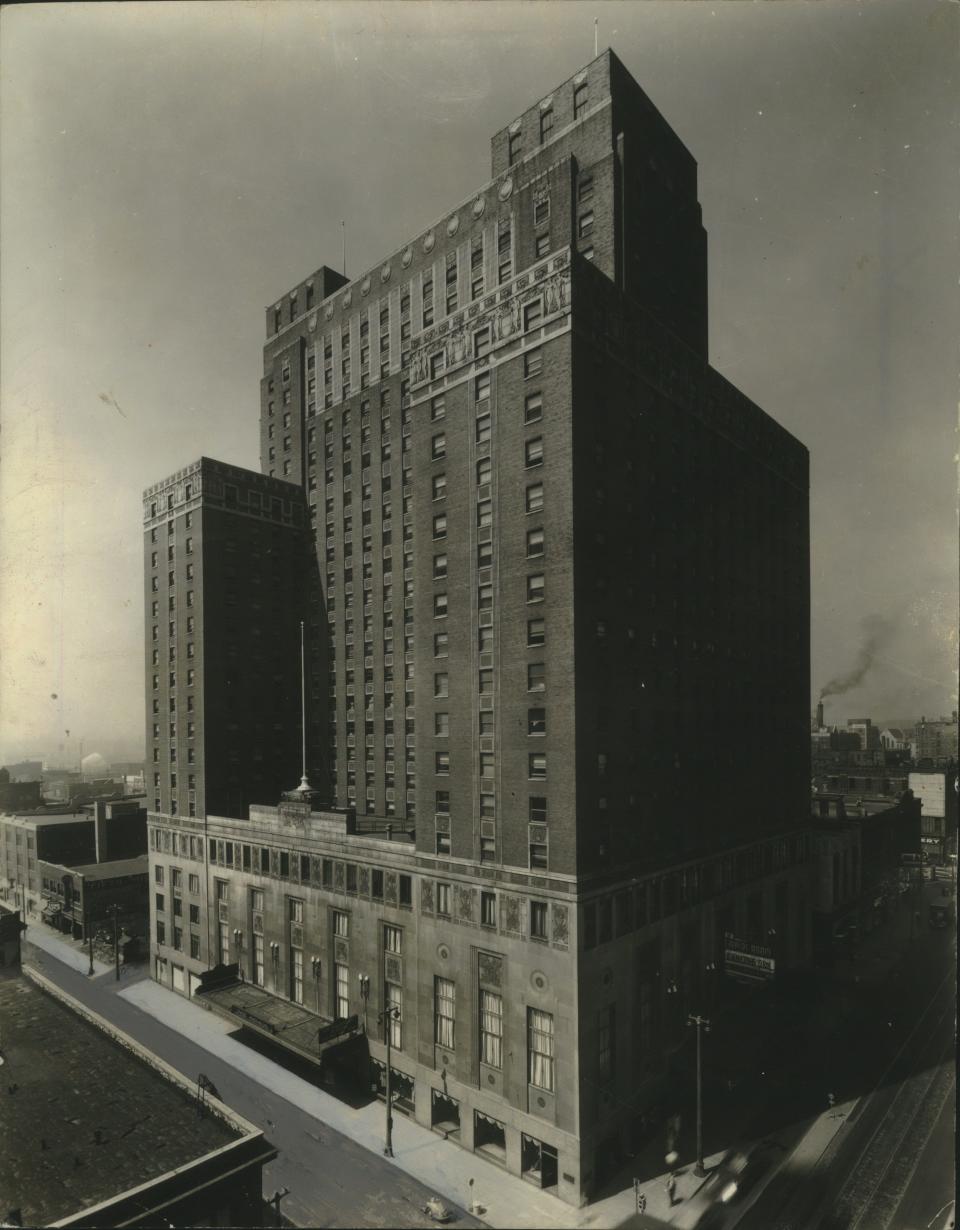
Where was the 1940 NFL draft held?
Today, it's known as the Hilton Milwaukee City Center on Wisconsin Avenue in downtown Milwaukee. But when it opened in 1928, it was known as the Schroeder Hotel, and the draft took place inside the Empire Ballroom.
The hotel was sold to Sheraton Hotels in 1966 and to Marcus Corp. in 1995, but it remains a unique building in Milwaukee's urban landscape. It was even slotted as the headquarters hotel for the 2020 Democratic National Convention before the COVID-19 pandemic dramatically altered that event.
It's also part of the Historic Hotels of America program, which also includes the Pfister Hotel and The American Club in Kohler.
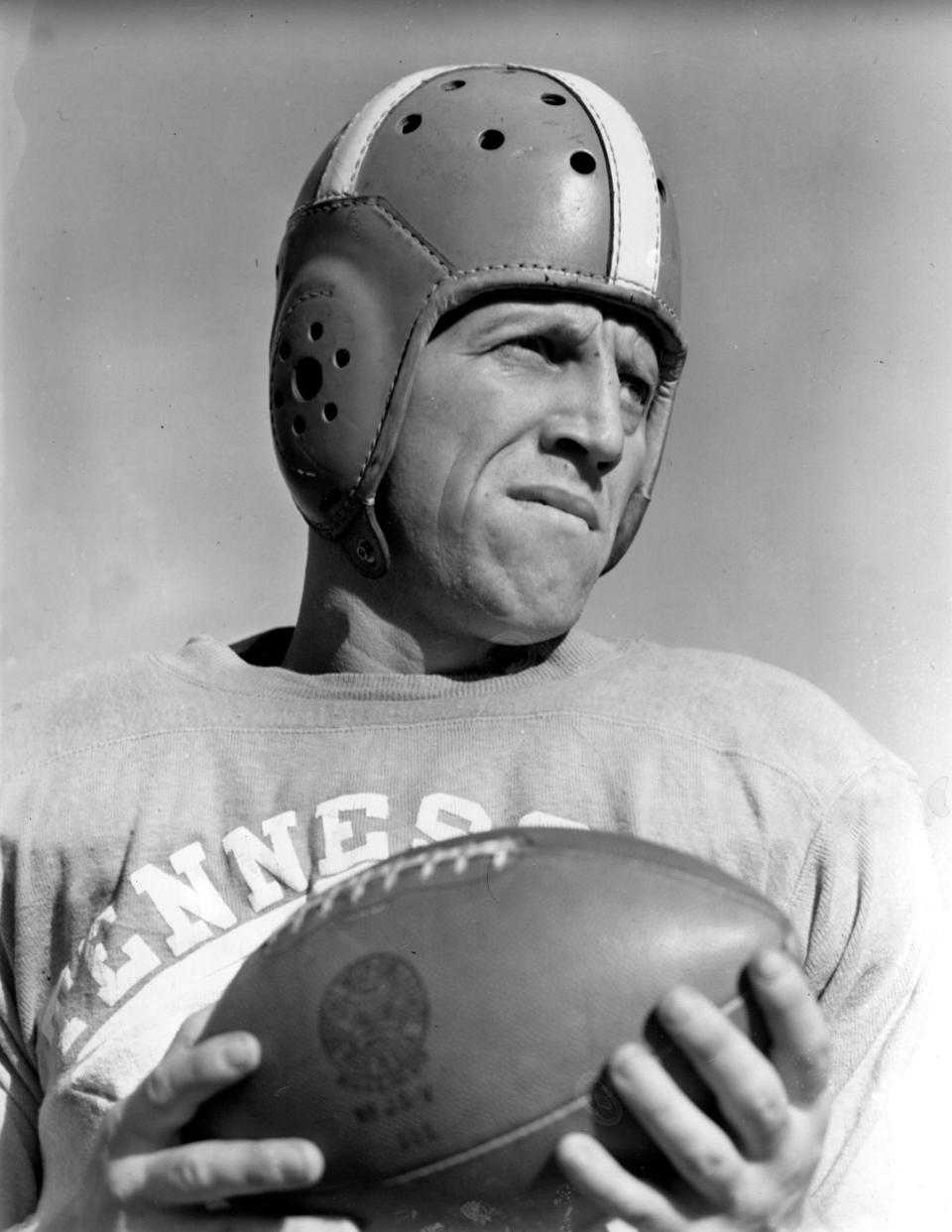
Who got taken in the 1940 NFL draft?
Fullback George Cafego of Tennessee was the first overall pick of the Chicago Cardinals, a choice that didn't work out for anyone involved. Cafego finished his pro career with five touchdown passes and 16 interceptions, but they weren't with Chicago; he began his career with the Brooklyn Dodgers NFL team. Head coach Ernie Nevers, who made the choice, resigned two months after the draft and didn't coach the 1940 team anyway.
Cafego was battling a knee injury that he'd suffered earlier in the year, and he was unavailable for the subsequent Rose Bowl game played Jan. 1, 1940, between Tennessee and USC (which USC won, 14-0). He underwent knee surgery later in January, then went into military service after a short time with Brooklyn.
With the No. 2 pick, Philadelphia selected Duke's Geroge McAfee, a future Pro Football Hall of Famer (though he was traded to the Chicago Bears shortly thereafter). Clyde "Bulldog" Turner, a center from Hardin-Simmons, was taken by the Chicago Bears with the No. 7 pick and also became a Hall oF Famer.
One of the highest-profile names in the draft was Nile Kinnick, for whom the University of Iowa's football stadium is now named. Kinnick was the Heisman Trophy winner but had expressed that he didn't desire to play pro football, causing him to drop to No. 14 to the Dodgers. He did not, in fact, ever play in the pros, choosing to attend law school instead. He entered the naval service and was killed on a training flight in 1943, lost off the coast of Venezuela.
"Kinnick would be my man if he decides to play pro ball," Nevers said. "I coached him for two years at Iowa and he has the makings of a great pro player, but he comes from a family of comfortable circumstances and is a brilliant student. Until the war came along, he was trying to win a Rhodes scholarship. He can pass, run and kick."
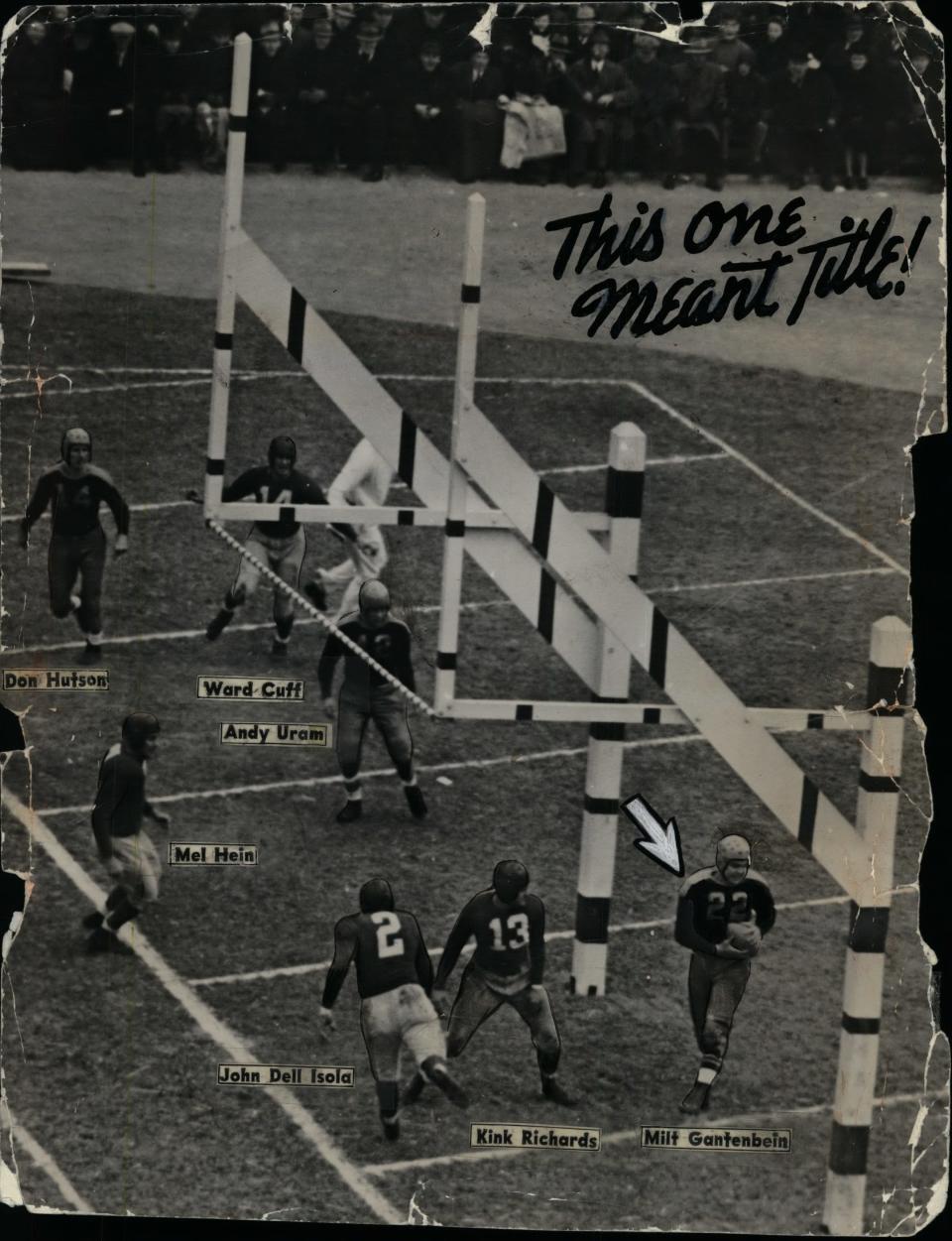
Why was the draft in Milwaukee?
The draft at the time was held in the same city as the NFL Championship Game — and Milwaukee was certainly a controversial choice for the latter.
At a meeting in Pittsburgh to discuss possible sites for the championship, Packers coach Curly Lambeau lobbied for Milwaukee, where his team played one home game a year — at the State Fair grounds in West Allis.
The venue had more capacity than Green Bay, but it rankled Green Bay fans who wanted to see the game in their backyard. It even opened up a feud between West Allis, Milwaukee and Wauwatosa as to the "official" location of the fairgrounds and thus the official host of the event.
Milwaukee fans watched with intense interest when the Packers played the Detroit Lions on Dec. 3; if the Packers won, then they'd have the Western Division title, and Milwaukee would be declared the host of the title game. Green Bay indeed prevailed, 12-7.
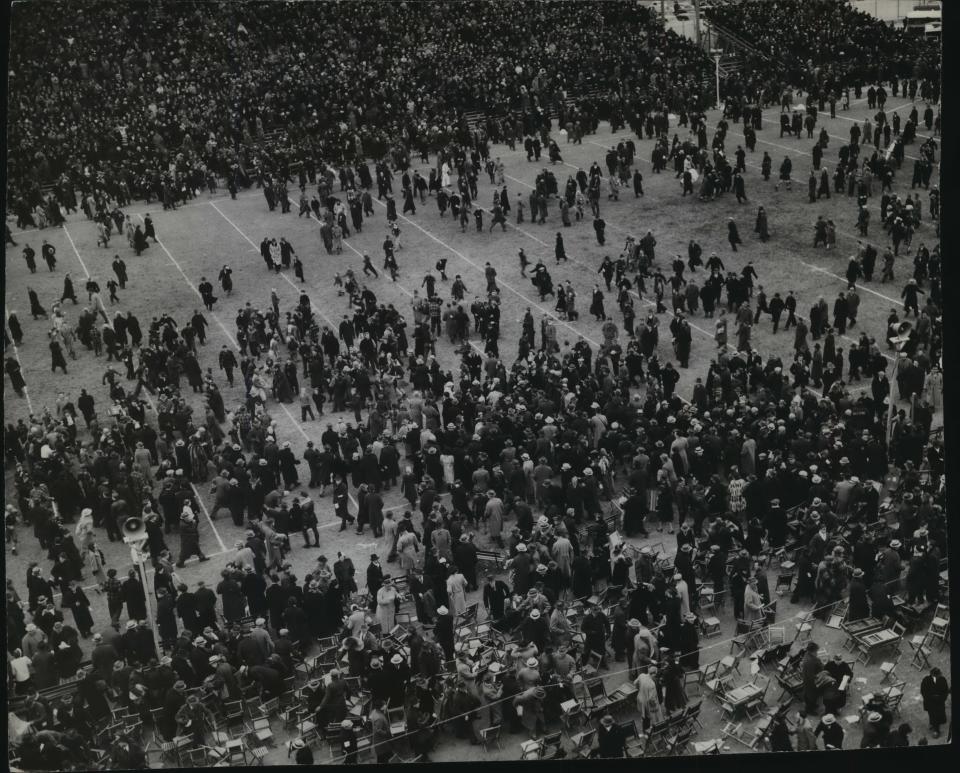
The game's 30,000 tickets were sold out within 24 hours of going on sale, surprising many.
One day after the draft, the Packers won the 1939 NFL Championship with a 27-0 win over the New York Giants. It was a satisfying rematch after the Giants beat the Packers for the 1938 crown at the Polo Grounds in New York, 23-17.
More: The Green Bay Packers' 1939 championship game will be replayed — on Twitter
One team drafted an ineligible player
Back to the draft, the Pittsburgh Pirates demonstrated that player evaluation may not have been as advanced a science as it is today.
They drafted a player from their backyard, center Leon Gajecki from Penn State. One problem: Gajecki was a junior and ineligible for the draft. The mistake apparently arose from him being listed as a senior in the Pitt-Penn State game program.
Pittsburgh changed its team name to Steelers in early 1940.
Whom did the Packers select?
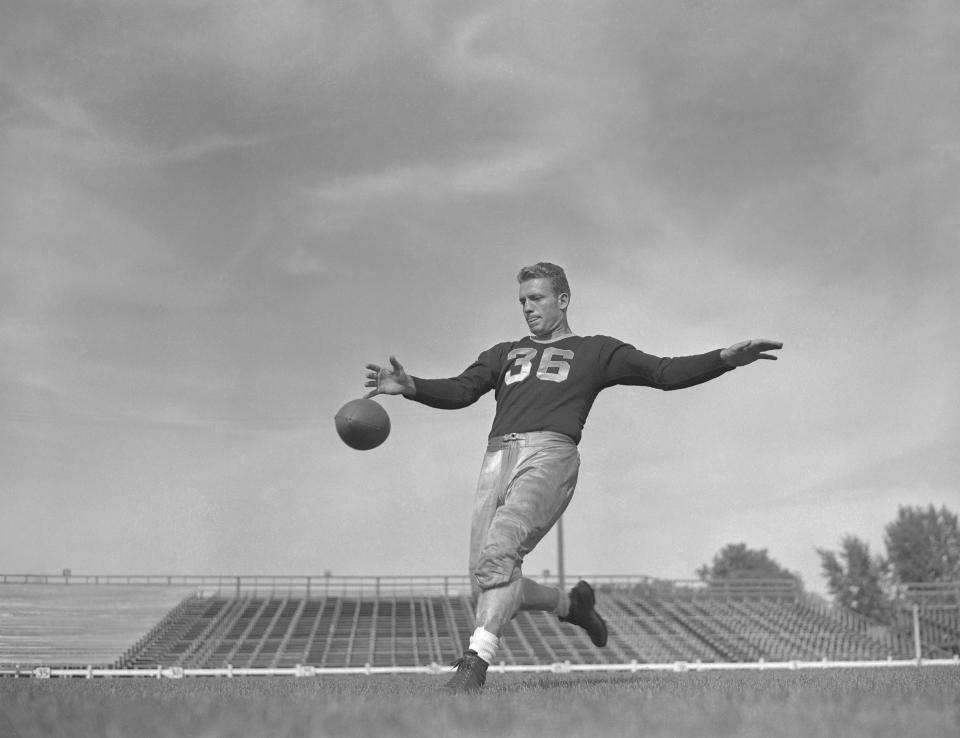
The Packers had the ninth of 10 first-round picks and chose halfback Hal Van Every of Minnesota. Subsequent picks included Lou Brock of Purdue (no, not the baseball player whose career began two decades later, but a player who's in the Packers Hall of Fame), Eisco Sarkkinen of Ohio State and Dick Cassiano of Pittsburgh.
Van Every played for two years with the Packers and also went into the armed forces during World War II.
In the 13th round, the Packers also drafted Ambrose Schindler, a USC quarterback who was shortly thereafter named Rose Bowl MVP in that Jan. 1 game in which the Trojans defeated Cafego's Volunteers, 14-0.
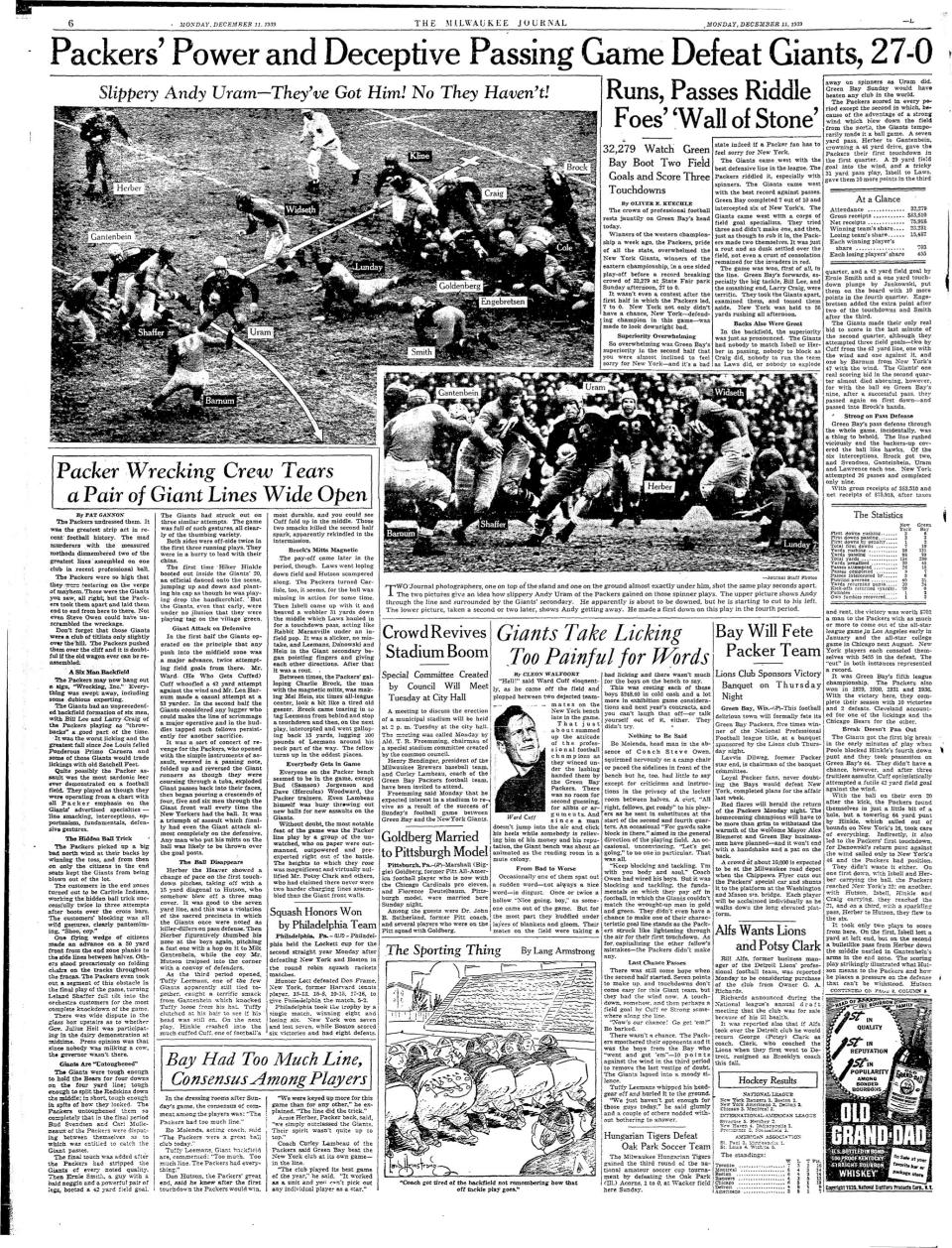
This article originally appeared on Milwaukee Journal Sentinel: NFL draft has been in Wisconsin before: 1939, but in Milwaukee

